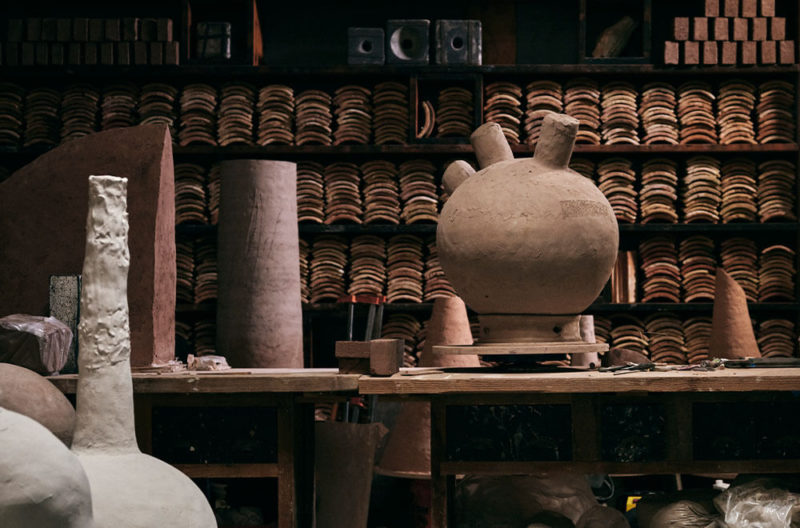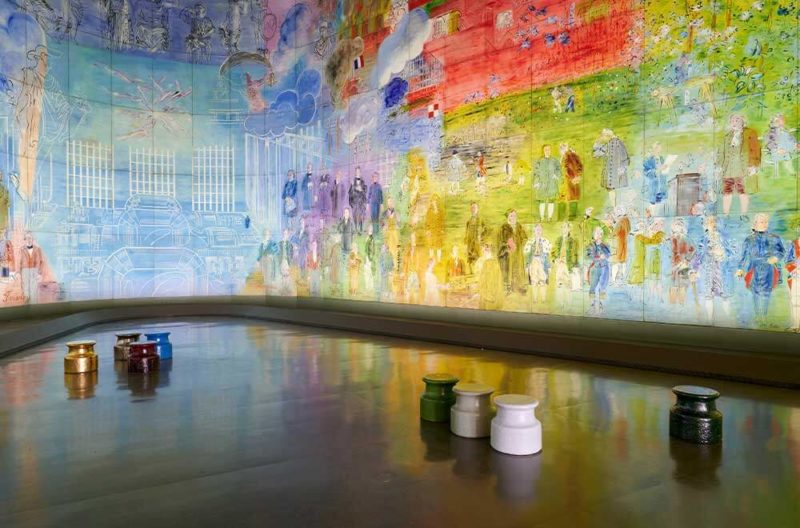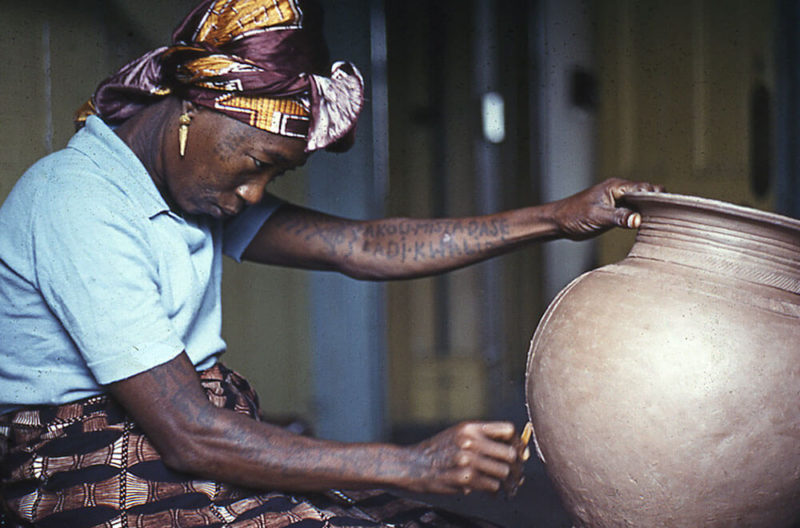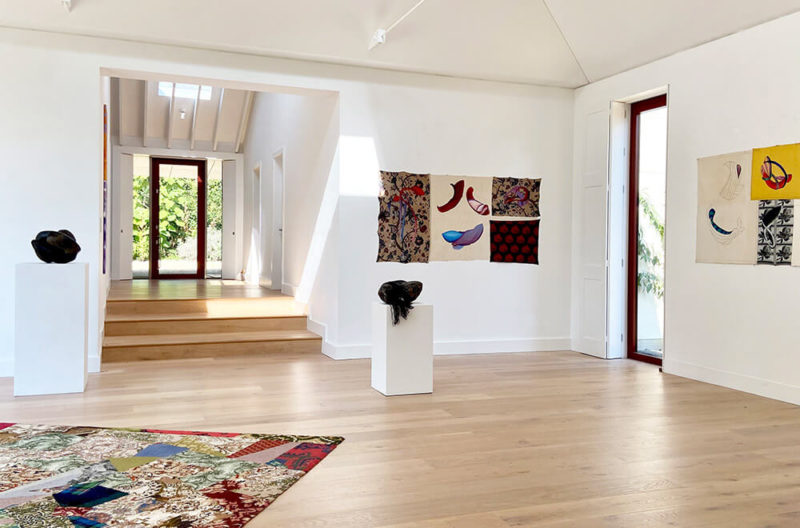Edmund de Waal / Lettres à Camondo
Porcelain shards, gold leaf and shadows – Edmund de Waal responds to the tragic past of a family caught in the maelstrom of the twentieth century.
Musée Nissim de Camondo, Paris
Until 15th May 2022

Edmund de Waal, ‘muet, II- IV’, 2021
COURTESY: © Edmund de Waal & MAD, Paris / PHOTOGRAPH: Christophe Dellière
WHEN EDMUND DE Waal was offered carte blanche for an exhibition at the Musée Nissim de Camondo in Paris, he proceeded in an unexpected manner. First, he wrote a book in the form of a series of letters to the mansion’s erstwhile Jewish owner, Moïse de Camondo, who had bequeathed his opulent property to the French state. Then, he envisioned how to make a discreet presentation of objects that would resonate with his literary work in an unobtrusive dialogue with the mansion’s history.

Edmund de Waal
COURTESY: © Tom Jamieson
Waal is the first artist invited to have a show at the museum which is one of the city’s best-kept secrets. It was built by the architect René Sergent from 1911-1913 for Camondo, who specified in his bequest that his mansion and its contents – eighteenth-century furniture and French decorative arts and paintings – remain untouched. Located on the well-heeled Rue de Monceau, it became the Musée Nissim de Camondo in 1936 and its management was entrusted to Les Arts Décoratifs. Like many other Parisian museums, its contents were evacuated by precaution in 1939, so that they would not be plundered by the invading Nazis, and were preserved elsewhere until the end of the German occupation.

Edmund de Waal, ‘petrichor I – VIII’, 2021
COURTESY: © Edmund de Waal & MAD, Paris / PHOTOGRAPH: Christophe Dellière
Camondo, a wealthy banker, named the future museum after his son, a pilot, who died aged 22 fighting for France during the First World War. After his son’s death, Camondo, who was divorced, lived in the fashionable mansion on his own, with his butler, cook and maids occupying the servants’ quarters. The long dining table and lavishly decorated drawing rooms bear testament to the entertaining that the family once enjoyed. The in memoriam aspect to the museum was accentuated during the Second World War, when Camondo’s daughter, Béatrice, her husband Léon Reinach and their children were deported and died in Auschwitz.
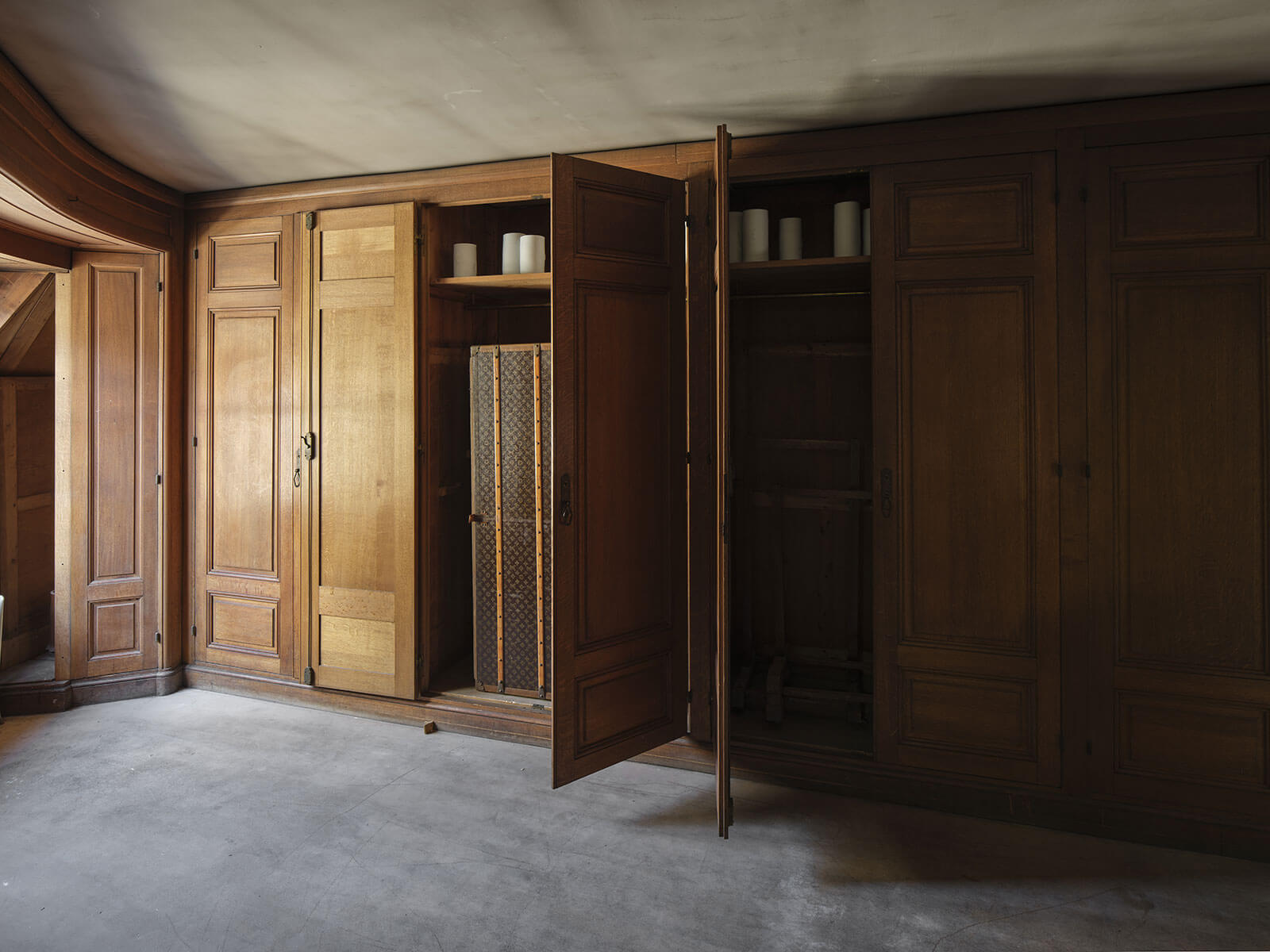
Edmund de Waal, ‘one equal music, I’, 2021
COURTESY: © Edmund de Waal & MAD, Paris / PHOTOGRAPH: Christophe Dellière
Waal’s artistic sensibility and desire to engage with the museum was inspired by the historical link that his own family shared with Camondo. Members from one side of Waal’s family, the Ephrussi, lived on Rue de Monceau and were also Jewish bankers. While the Ephrussi had come to Paris from Odessa, Camondo had come from Constantinople (modern-day Istanbul). Waal’s inheriting a collection of netsukes from an uncle, which had belonged to his relative Charles Ephrussi (a friend of Camondo), sparked the idea for his acclaimed family memoir, The Hare with Amber Eyes.
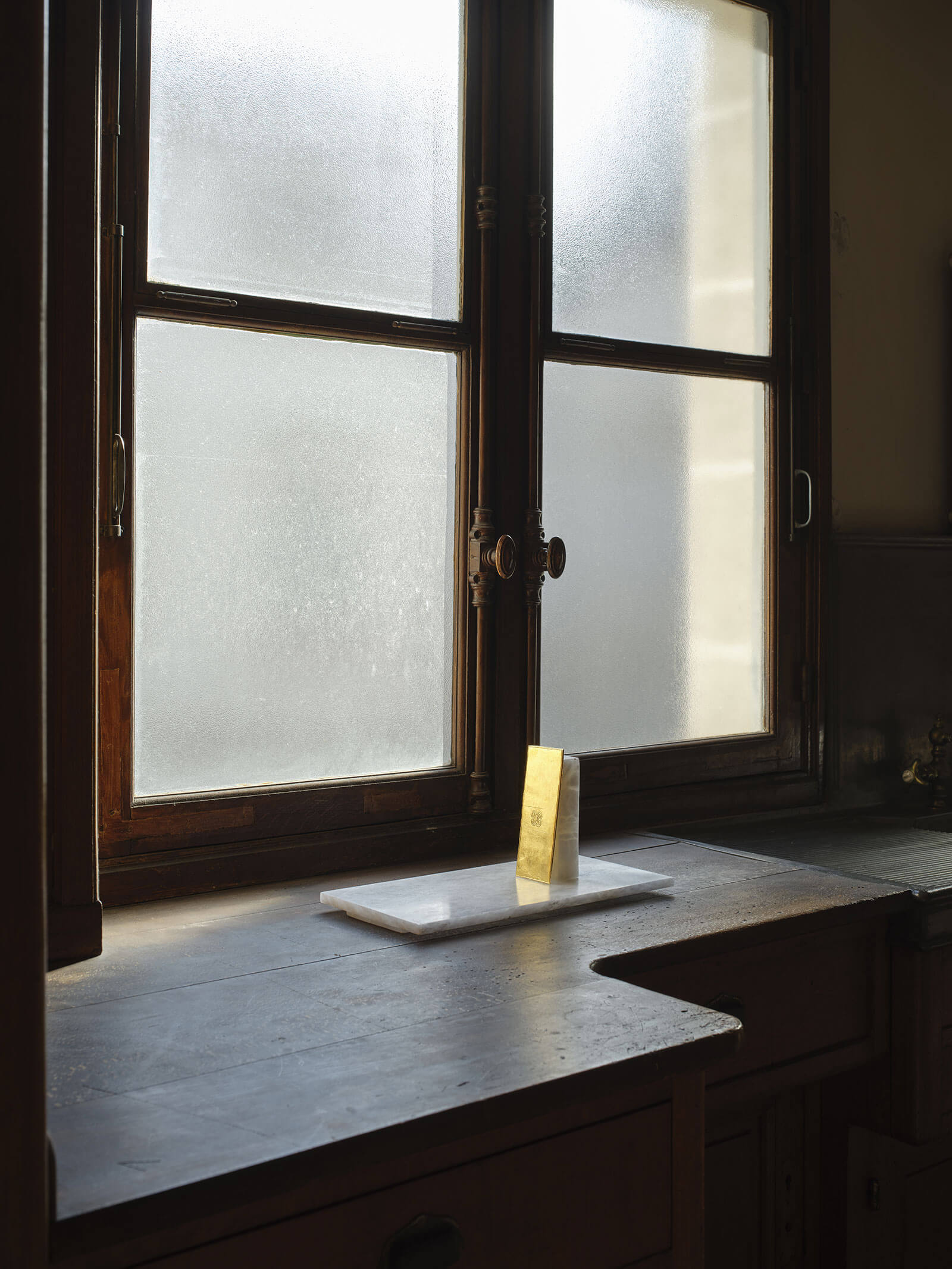
Edmund de Waal, ‘Lettres à Camondo (pour P.G.)’, 2021
COURTESY: © Edmund de Waal & MAD, Paris / PHOTOGRAPH: Christophe Dellière
Impressed by The Hare with Amber Eyes, Olivier Gabet, director of the Musée Nissim de Camondo and Musée des Arts Décoratifs, visited Waal’s studio in London in 2019 and then invited him for lunch at the museum. “Edmund knew the museum by heart,” Gabet recalls. “He was very respectful of the place and didn’t want to enter into a competition with the collections already present. The exhibition is more about a familial, intimate and affectionate relationship between him and the dead, and presenting contemporary art in a poetic way in a place that wasn’t designated for it.”
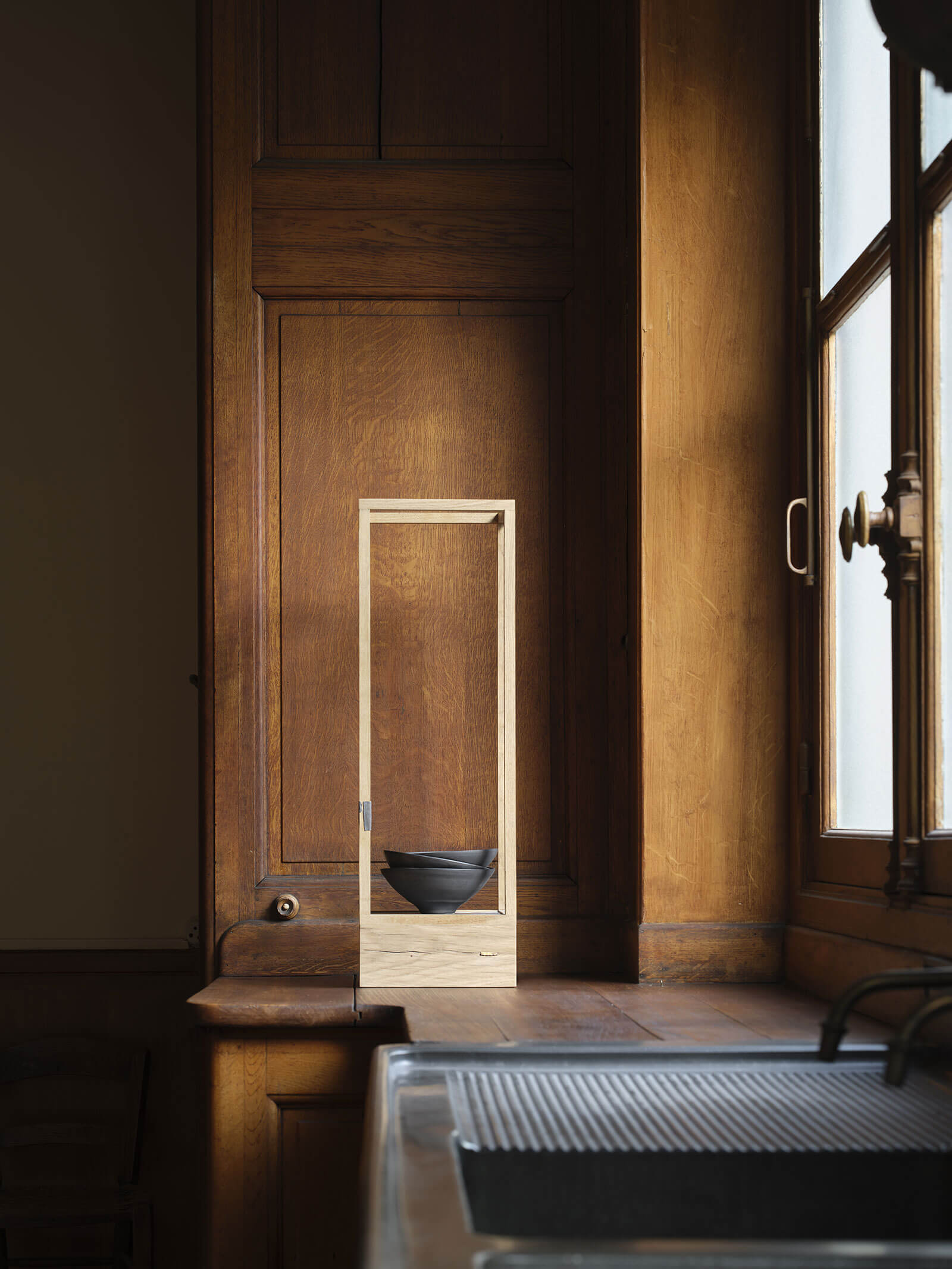
Edmund de Waal, ‘muet, V’, 2021
COURTESY: © Edmund de Waal & MAD, Paris / PHOTOGRAPH: Christophe Dellière
“Waal’s intervention is an exercise in subtlety and restraint ..”
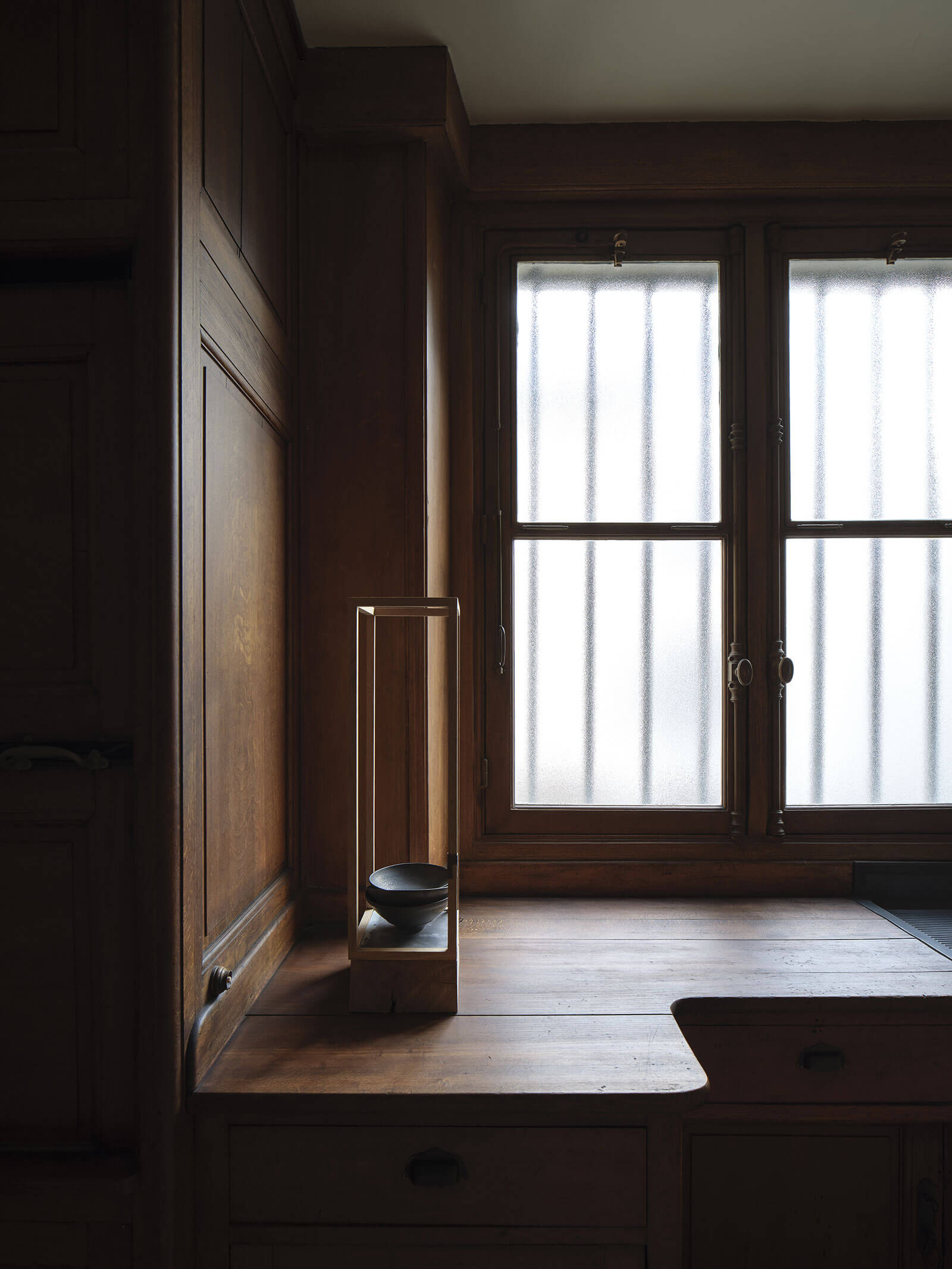
Edmund de Waal, ‘muet, V’, 2021
COURTESY: © Edmund de Waal & MAD, Paris / PHOTOGRAPH: Christophe Dellière
“.. and is expressive of fragility and loss”
Initially, Waal had ambivalent feelings about the exhibition proposal. “My grandmother visited her cousins here in the 1920s – they lived ten houses up from the museum,” he writes in a press statement. “So to receive an invitation to make an exhibition here in this family house was an honour mixed with anxiety.”
Waal’s intervention is an exercise in subtlety and restraint, some of the pieces being barely noticeable, and is expressive of fragility and loss. Black and white bowls, some filled with shards, in oak vitrines are installed on desks used by Camondo, his chef and butler. Others are stacked in the butler’s pantry and on kitchen surfaces. Some pieces of porcelain are adorned with gold leaf, referencing the Japanese technique Kintsugi of using gold leaf to recompose fragments of broken ceramic objects. Here, the technique is treated metaphorically to allude to the family’s tragedy.
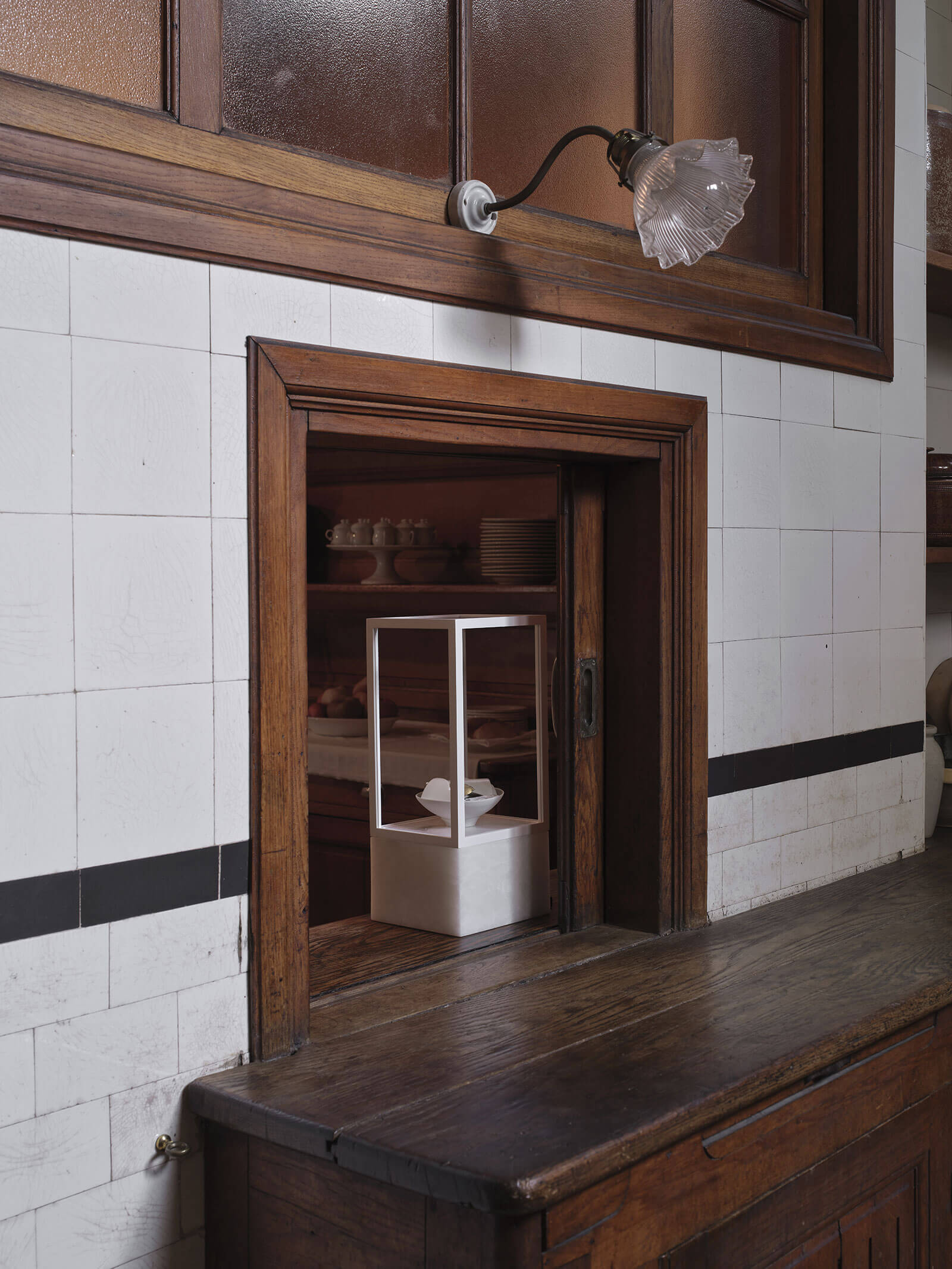
Edmund de Waal, ‘Solid Objects’, 2021
COURTESY: © Edmund de Waal & MAD, Paris / PHOTOGRAPH: Christophe Dellière
Porcelain shards peep out from a drawer, while porcelain notes – evoking Waal’s letters to Camondo, many of them talking about antisemitism or the literature of Marcel Proust – appear in the library.
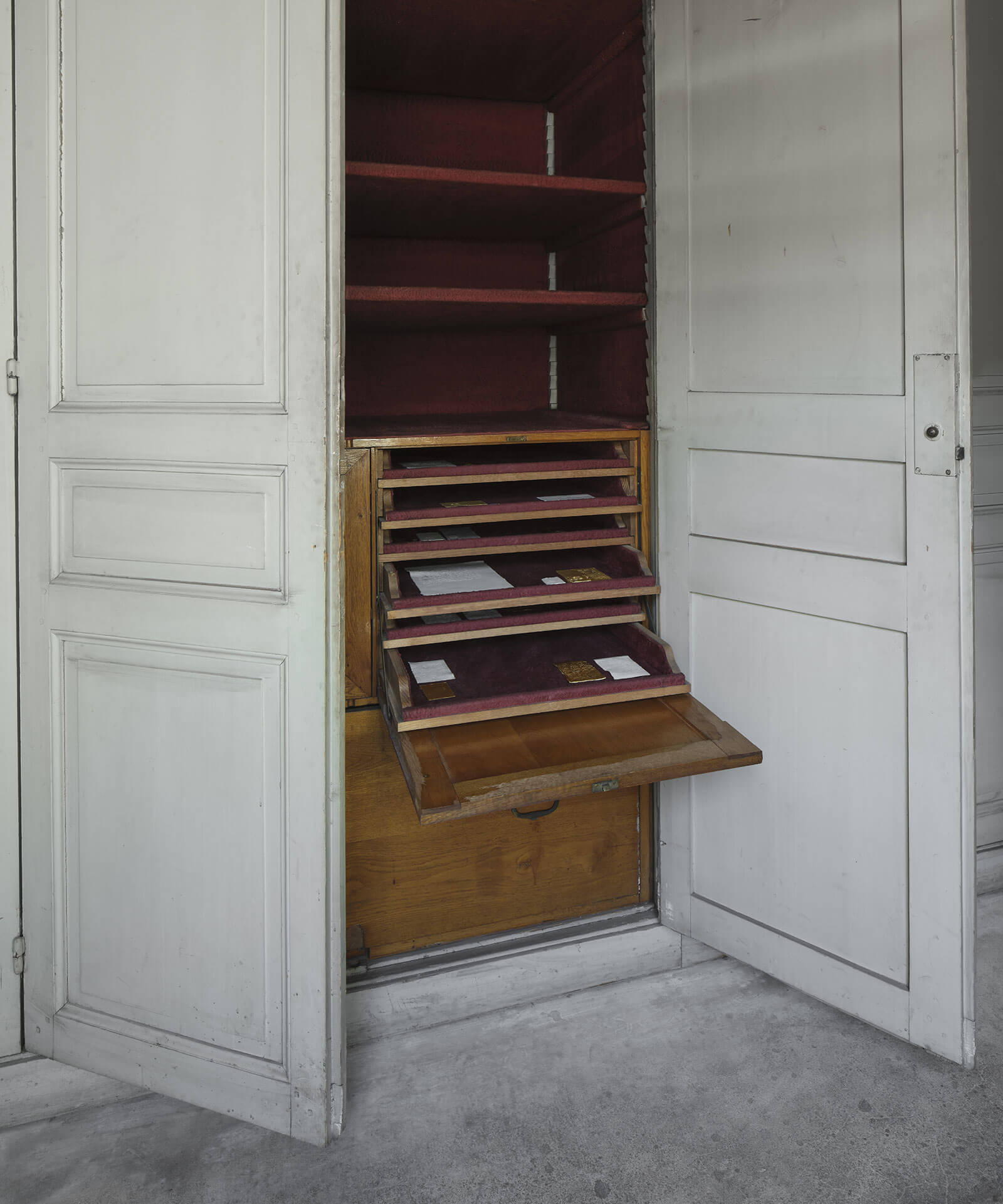
Edmund de Waal, ‘Lettres à Camondo (hold still)’, 2021
COURTESY: © Edmund de Waal & MAD, Paris / PHOTOGRAPH: Christophe Dellière
In the attic, slender white vases are arranged on shelves above Louis Vuitton travelling trunks. (Similar pieces are on display in the exhibition, ‘Les Flammes’, at the Musée d’Art Moderne de Paris, in which Waal is participating.) Outside in the gravel courtyard, eight golden-brown, smoothed stone benches are intended to feel “worn away” and resound with the passing of time.
The interplay between Waal’s literary work and exhibition is poignant. “That somebody could express themselves in both their domains of predilection so strongly is very rare and powerful,” Gabet opines.
Gabet is unsure about whether to invite other artists to exhibit in the museum, noting: “Each institution should follow its own rhythm and the Musée Nissim de Camondo and the Musée des Arts Décoratifs [which regularly shows contemporary artists] have different rhythms.”
Certainly, Waal’s show reveals a delicate and harmonious approach towards presenting contemporary art in a venerated venue.
Lettres à Camondo at Musée Nissim de Camondo.




